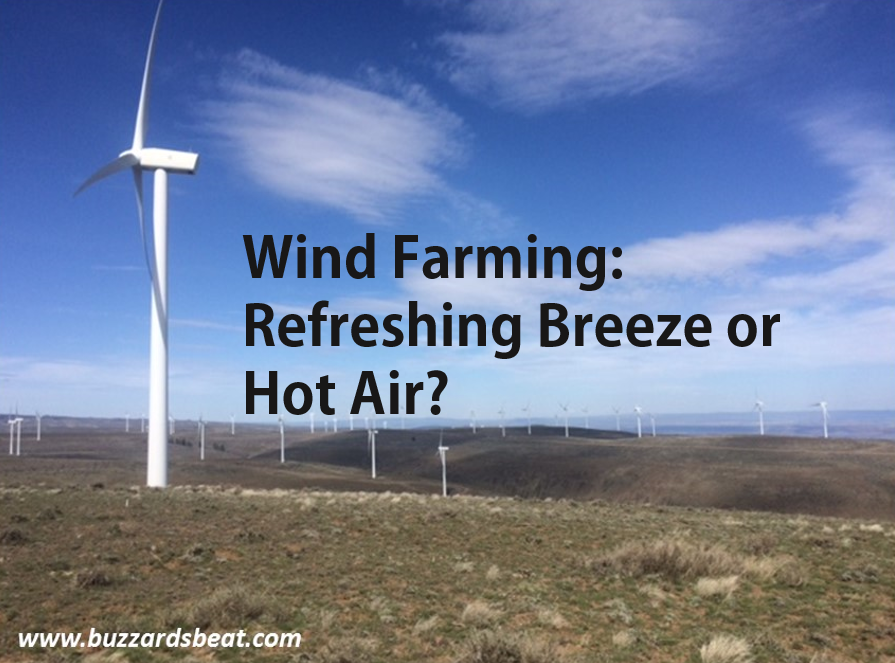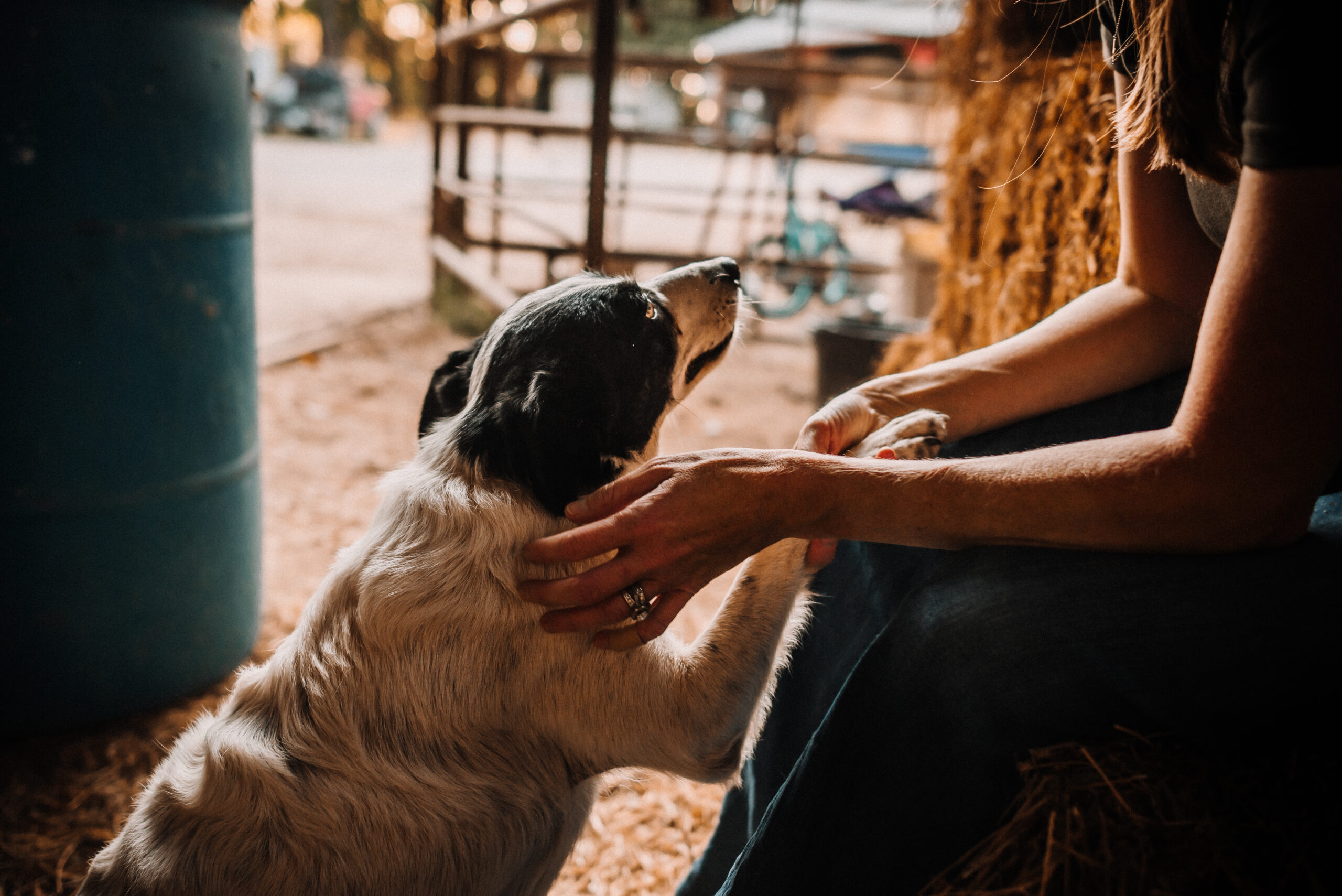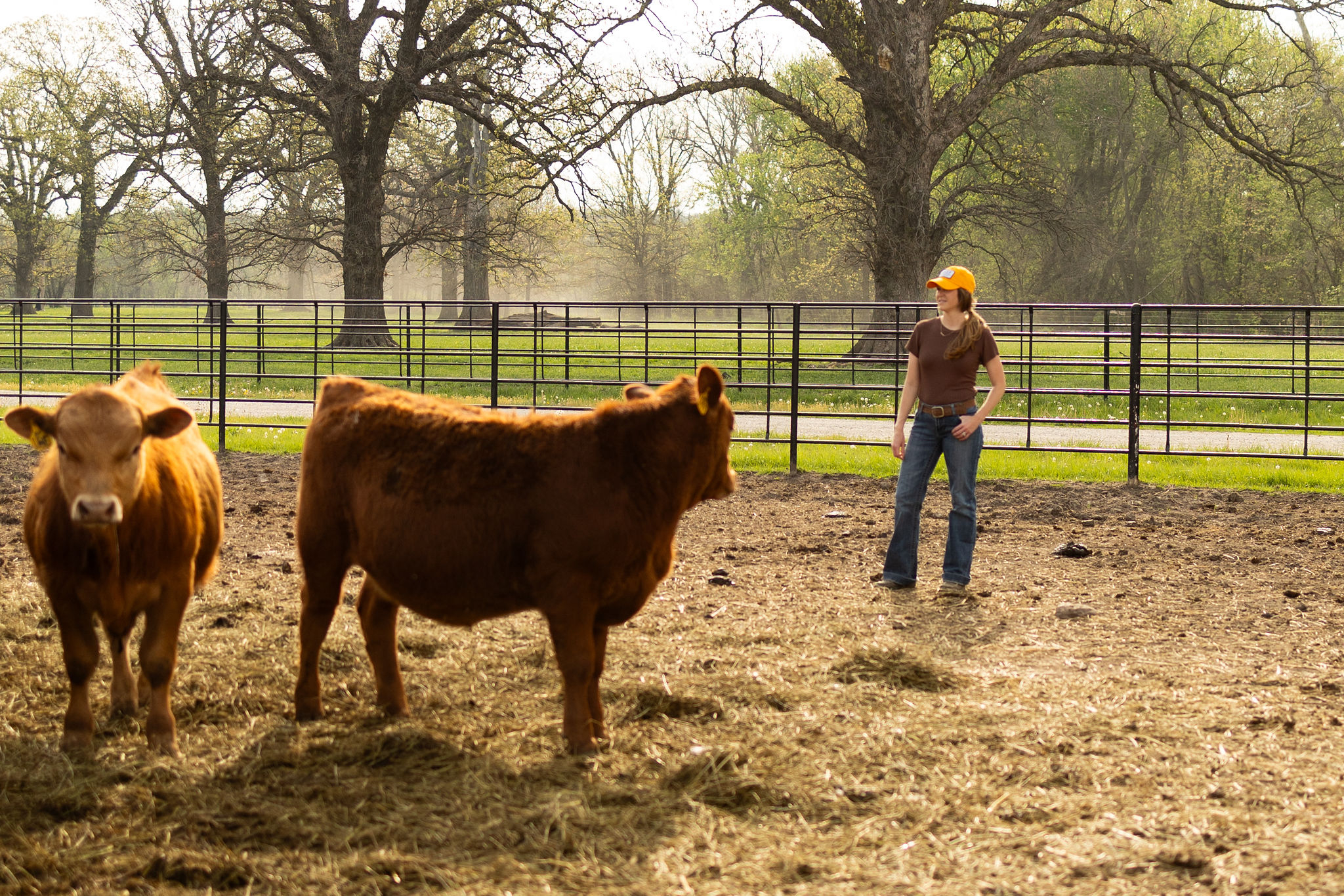If you have ever driven through a windy region of the U.S. — mid-to-western Oklahoma, eastern Washington, ALL of Kansas — you’ve probably noticed a few of these peppered throughout the landscape.

A large wind farm in central Washington
If you didn’t know, these giant windmills are more commonly known as “wind turbines” and when they are grouped together in large quantities like this, they are affectionately called a “wind farm.” This wind farm is located in central Washington but there is a similar one near our home here in Kansas. I think these wind turbines are equal parts ominous and awesome – I mean, they are SO BIG. You don’t fully realize the enormity of one of these until you are up close and personal with one. While in Washington, I was actually able to go inside the base and learn more about how they function.

This old windmill was used for pumping water and grain grinding at one point in time.
For example, the wind must be blowing at least 9 mph for these puppies to actually turn but maximum power output doesn’t occur until the wind is blowing 31 mph or faster. Some of these locations, such as the hilltops in Washington, easily receive winds over 60 mph, so the turbines are designed to shut down when winds reach 56 mph. In fact, at this location, the max wind speed recorded was about 117 mph – keep me away from there. I despise wind! The box on top of the turbine, which houses machinery and gears and a lot of technological materials that I will never understand, is the size of a school bus. Think about hoisting a school bus to the top of that 200 foot tall turbine tower – wow!
You might be wondering why these are peppered across the U.S. – windmills of old, like the one shown here, were used for pumping water and grinding grain, but what are these new wind turbines creating? Well, it’s all in the name of clean energy. One of these turbines can generate 1.8-2.0 MW of energy and provide power to several hundred homes. This wind farm in Washington has 149 wind turbines and powered 70,000 homes. That’s nothing to turn your nose up at and ignore! Clearly, they can be a valuable source of clean, alternative, sustainable energy for a growing population.
Over the past several years, I have heard dissenting viewpoints about these so I decided to gather the opinions of several farmers and ranchers who have installed these in their pastures to see what their gripes and praises actually were – I was pleasantly surprised at the small amount of negativity I read.]
Pros
- Obviously, the first big pro is that they provide an alternative source of clean energy.
- Farmers or ranchers who have these in their pasture receive compensation or dividends from the energy that is pumped into the grid.
- No one that I talked to said that the turbines bother their horses or cattle that are located in the same pasture. In fact, everyone I polled said that the cattle are not bothered by them and some will even lay in the shade of the turbines and relax!
Cons
- There have been numerous complaints that if maintenance or construction has to be done on the turbines, the wind energy/ construction workers had a bad habit of leaving gates open. If you’ve ever lived on a farm or ranch, you know this is a big NO-NO! After some calls to the wind company, the gate opening problem was solved.
- Previously, when the turbines were first introduced, there were issues with bird deaths. That was due to the turbines being clumped together closely and being built in migratory paths, in addition to their control boxes (the school bus-sized box) being made with a more slippery material. However, surveys by PSE and other educations institutions have shown that engineers have started paying more attention to migratory patterns, are spacing the turbines out and have changed the material the box is made of, all of which have contributed to bringing down bird deaths. According to PSE surveys, there are more bird deaths caused by cats, vehicles and pesticides (individually, not collaboratively) than from wind turbines.
- This is not a huge drawback, but a few people said that the noise is similar to the “whoosh” you hear from an interstate, (they can make up to 16 revolutions per minute) but that they got used to it eventually. But other producers told me they didn’t mind the noise at all. So that is a toss-up, perhaps.
All-in-all, I think these are a great addition to our current energy tool chest, along with water energy. The Columbia River Valley in Washington state benefits from the tremendous asset of water energy powered by millions of gallons of gushing water from the Columbia River – pairing that with wind energy gives this northwestern state quite the power punch when it comes to clean energy. And while I really despise wind, if you have to live somewhere windy (Kansas is one of the windiest states according to many weather statistical surveys) it makes sense to harness this energy and put it to good use.
Are there wind turbines where you live? What do you think of them?
Until next time,
~ Buzzard ~



